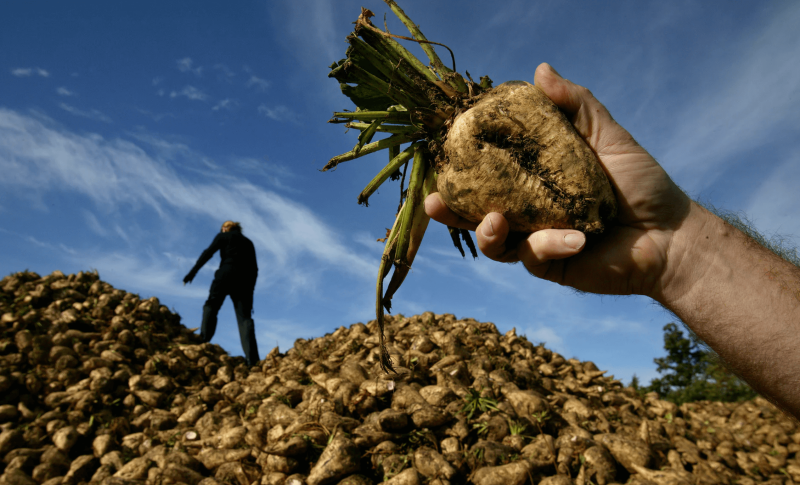For the past 25 years, sugar beet agronomy hasn’t been complicated by the threat of virus yellows – it’s only us oldies that remember life before the neonics and what an absolute blessing they were when they first arrived in the early 1990s.
[Editor’s note: Lucy de la Pasture is the technical editor at Crop Production Magazine.]
Back in the day, pyrethroids and carbamates were still effective….Nowadays pyrethroids are more hindrance than help because of both the degree of resistance in the peach-potato aphid (Myzus persicae) population and the adverse effect they have on aphid predators.
So that leaves just the more selective aphicide, Teppeki (flonicamid), to cover the period when sugar beet is at most risk from virus infection….Although 99% of sugar beet has been treated with neonic seed treatments in recent years….[they] did nothing to control the first generation of aphids which fly into crops….Where they were invaluable was in controlling the subsequent generations, preventing the secondary spread of virus which is the primary cause of yield loss….
…
An ominous sign is the refusal by [the UK] government to give an emergency authorization for use of neonic seed treatment in sugar beet….
Read full, original article: Last Word – A note to the ‘younger’ generation































